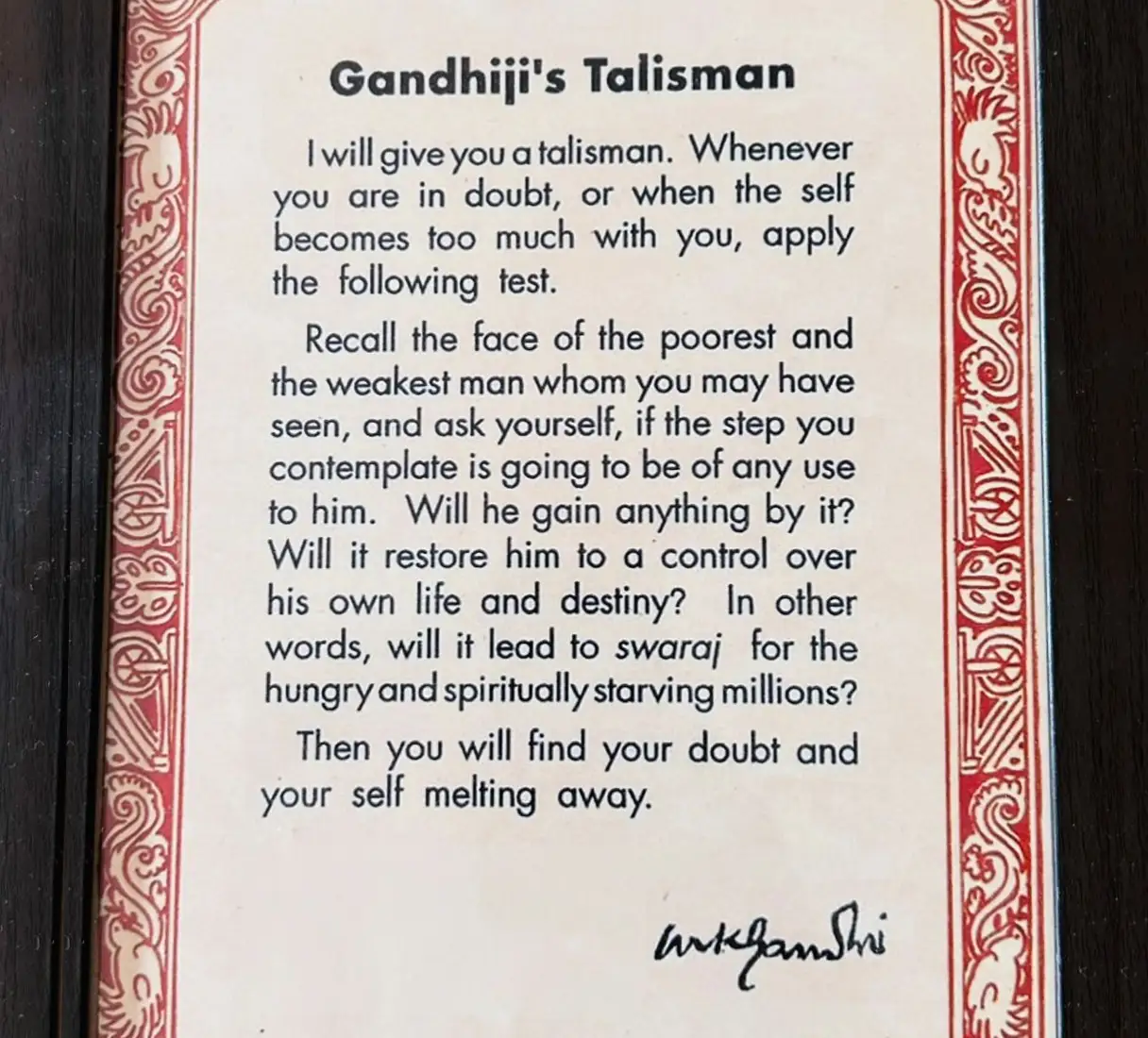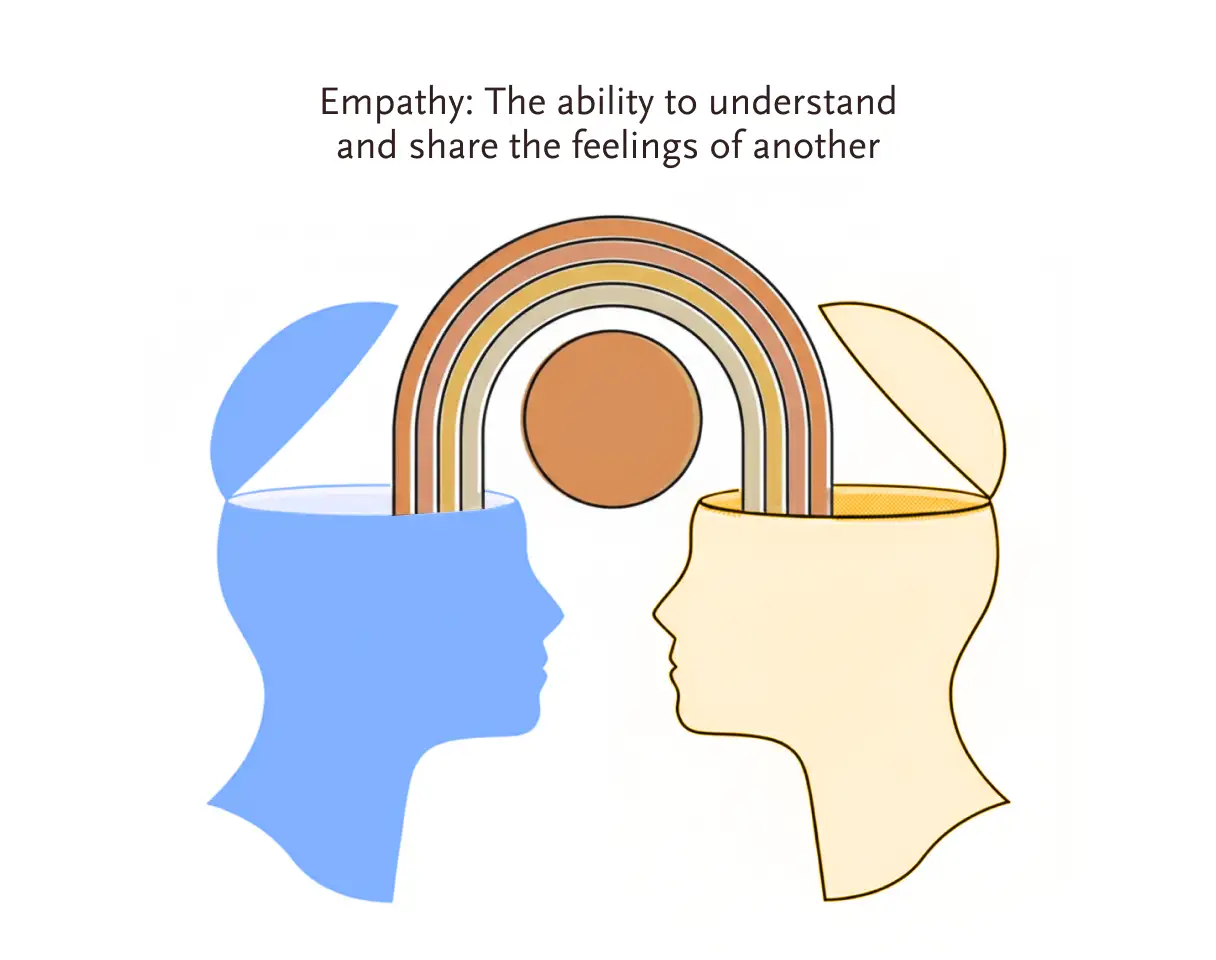Empathy, an overused word in UX design, means understanding others’ feelings. You can imagine the importance of empathy by knowing that it’s the first stage of any design process, whether it’s called:
- Empathize in Stanford d.school Design Thinking, or
- Understanding in Google Design Sprint, or
- Strategy in the Elements of User Experience, or
- Inspiration in IDEO Human-centered Design.
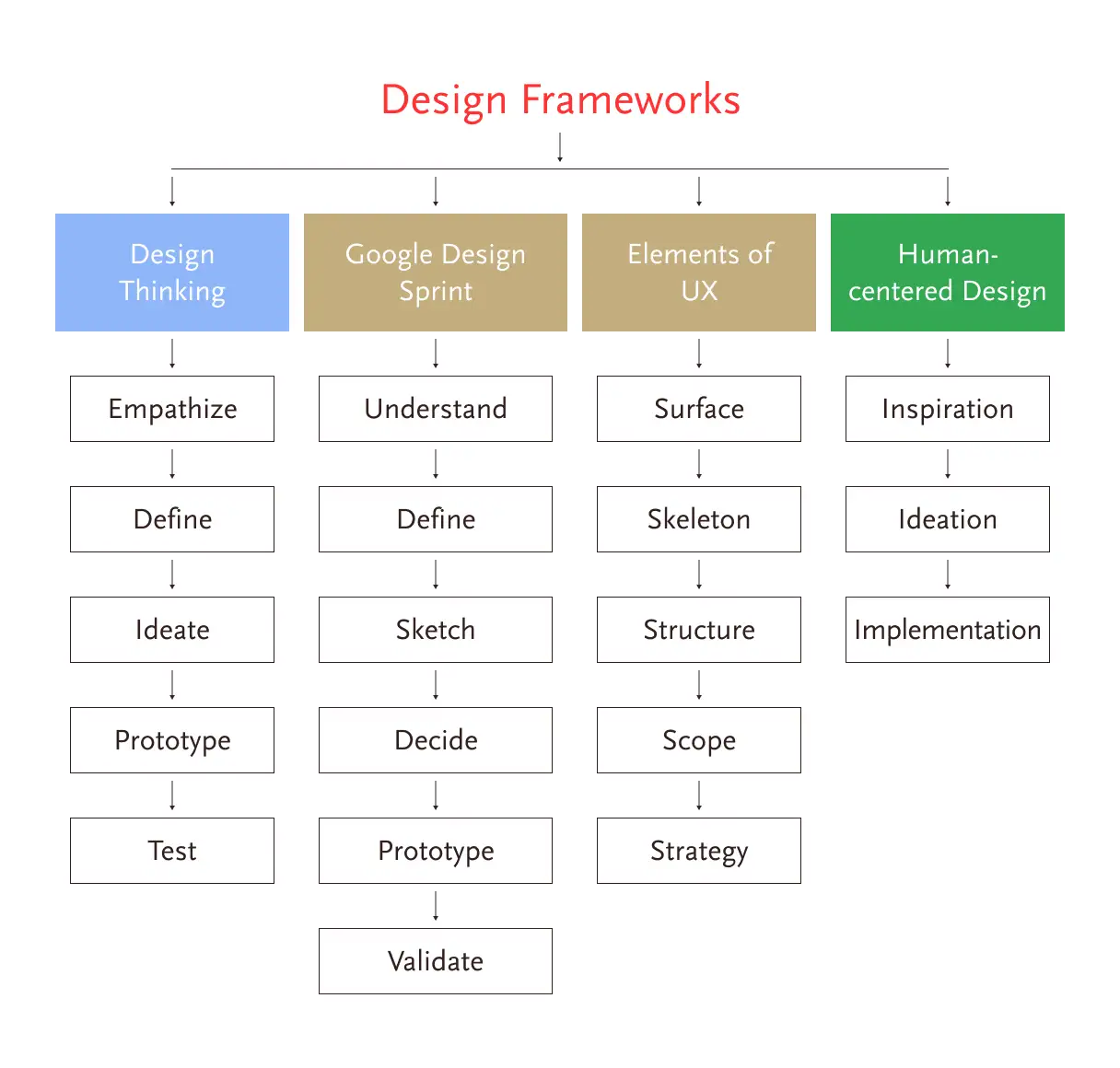
But why is empathizing so crucial? Can’t we just ask people what they need? Actually, no. As Margaret Mead, the American cultural anthropologist, said: “What people say, what people do, and what they say they do are entirely different things.”
Or, as Atticus Finch famously said in To Kill a Mockingbird: “You never really understand a person until you consider things from his point of view… until you climb inside of his skin and walk around in it.”
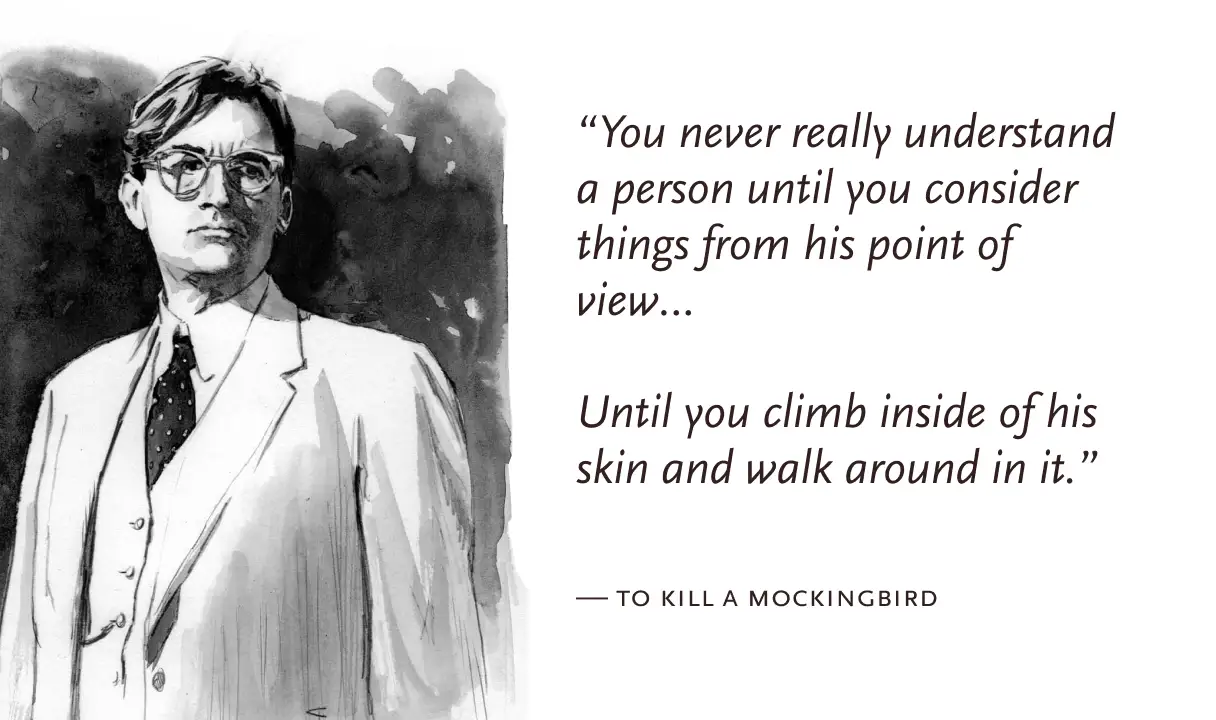
Spectrum of Empathy
Empathy may sound similar to sympathy, but there is a key difference. When you sympathize with someone, you don’t truly feel what they feel, you pity them. You are present, but you’re not truly engaging in their situation To understand what I mean, let’s watch a video from the movie Inside Out.
Now, unlike sympathy, compassion is when you go out of your way to ease the pain of others. You immerse so deeply in their situation that sometimes you forget who you are. Have you heard of the Turin Horse incident?
The Turin Horse Incident
Friedrich Nietzsche, a renowned philosopher who equally attacked free will and determinism, once saw a cab driver whipping his horse. Overcome with emotion, he rushed to the horse, threw his arms around its neck, and collapsed. He was first taken to a medical facility and later admitted to a mental asylum. Alas, he never regained his sanity.

Empathy lies between these two extremes—sympathy and compassion. And this is what you need to cultivate to become a better designer. You neither want to pity your users nor become mad with emotion.

Wait… Aren’t Humans Born With Empathy?
Indeed, they are, but with a very basic capacity. For example, babies cry when they hear other babies cry. It’s a primitive form of empathy. The depth of empathy is shaped by upbringing, culture, reflection, and practice.
Interestingly, research shows that men often become more caring when they have daughters. This is known as the Mighty Girl Effect.

Three Kind of Empathy
Psychologists talk about 3 types of empathy:
- Emotional — when you feel what other feel
- Cognitive — when you understand why they feel that way
- Compassionate — when you not only understand but also care
We all are born with emotional empathy. But just as some people are aggressive, some shy, and some moved by beauty, some naturally have a higher baseline of empathy. But even those with low natural empathy can improve. They might not reach the level of emotional resonance but they can absolutely learn cognitive and compassionate empathy.
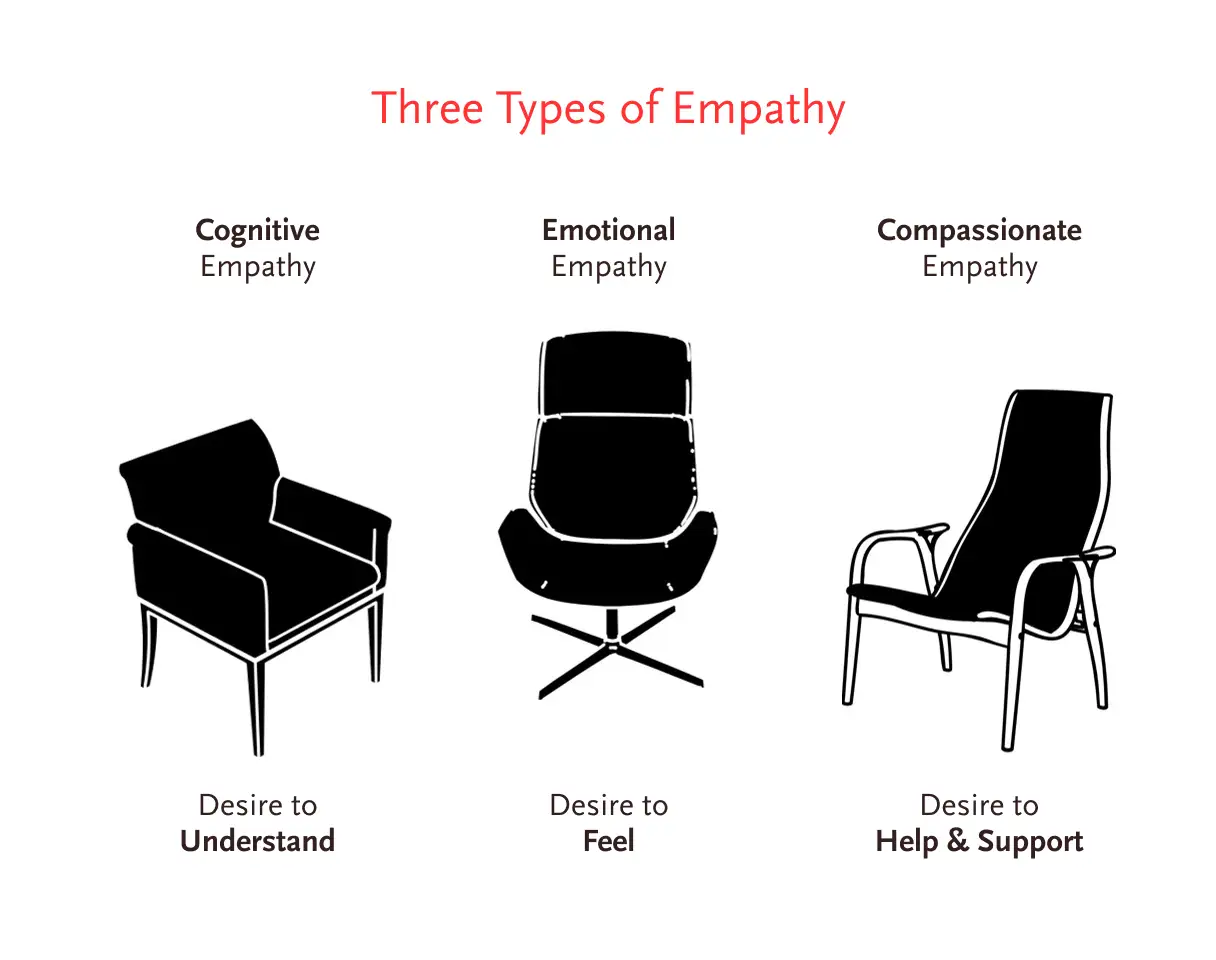
How to Cultivate Empathy
Unless you’re an empath, deliberate practicing is the only way to cultivate empathy. As James Clear says in Atomic Habits, “You get what you repeat.” There are few methods/lifestyle changes you can adopt to better understand people’s situations and perspectives, and to grow as a humanist.
1. Shoshin: Adopt a Beginner’s Mind
Shoshin, or “beginner’s mind,” is a Zen Buddhism concept. It means approaching learning with curiosity, openness and zero assumptions even if you’re an expert.
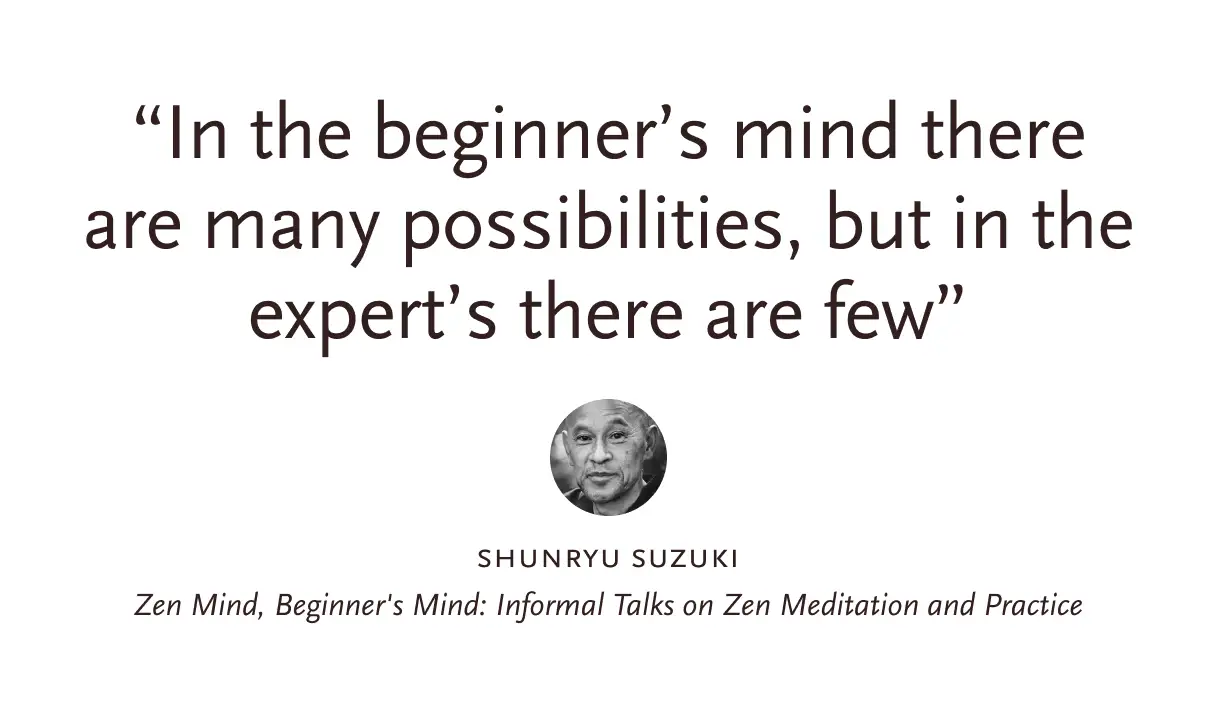
For example, In 1967, 57-year-old theoretical physicist Subrahmanyan Chandrasekhar wrote to 25-year-old Stephan Hawking to understand his work. Imagine the humility it takes to learn from someone half your age!
Now, to adopt a beginner’s mind you can:
- Learn from others, regardless of their age, experience, or background.
- Listen with humility and an open heart, without judgement.
- Seek feedback whenever possible and use it to improve yourself.
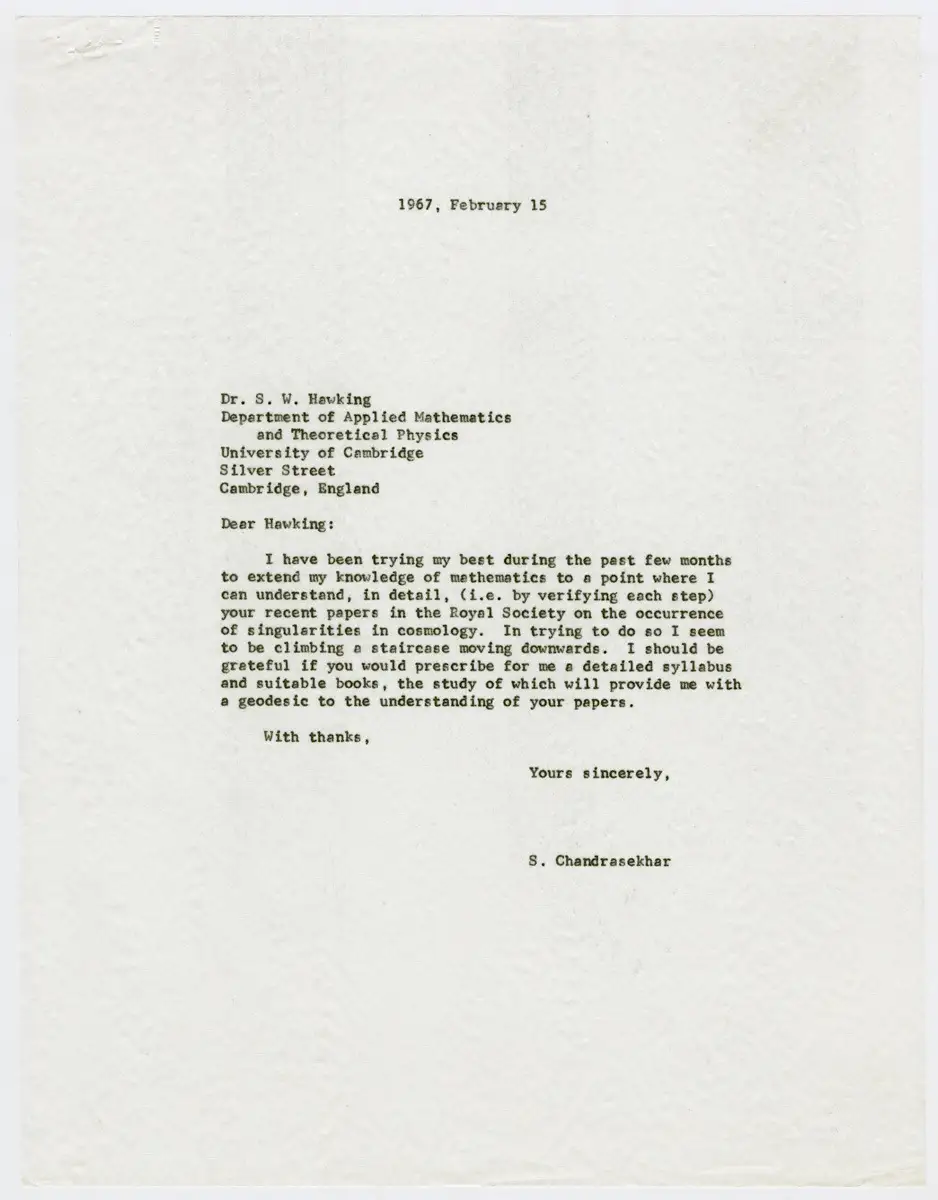
2. Have the Courage to Look Foolish
Grow the balls to ask stupid questions. Most of the time, the questions that sound silly aren’t silly at all. And more often than not, we don’t even know the answers ourselves. For example, kids ask endless questions, and that’s how they learn. Yet most parents get annoyed. But if you calm yourself and really listen, you’ll realize you can’t answer most of them either.
The same thing happens in the workplace, where groupthink prevails. Even when you want to go solo and ask something, you hold back. You don’t want to look stupid or stray too far from the flock. And as the years go by, your appetite for learning shrinks. You grow cautious, afraid that one foolish question might tarnish your hard-earned reputation.
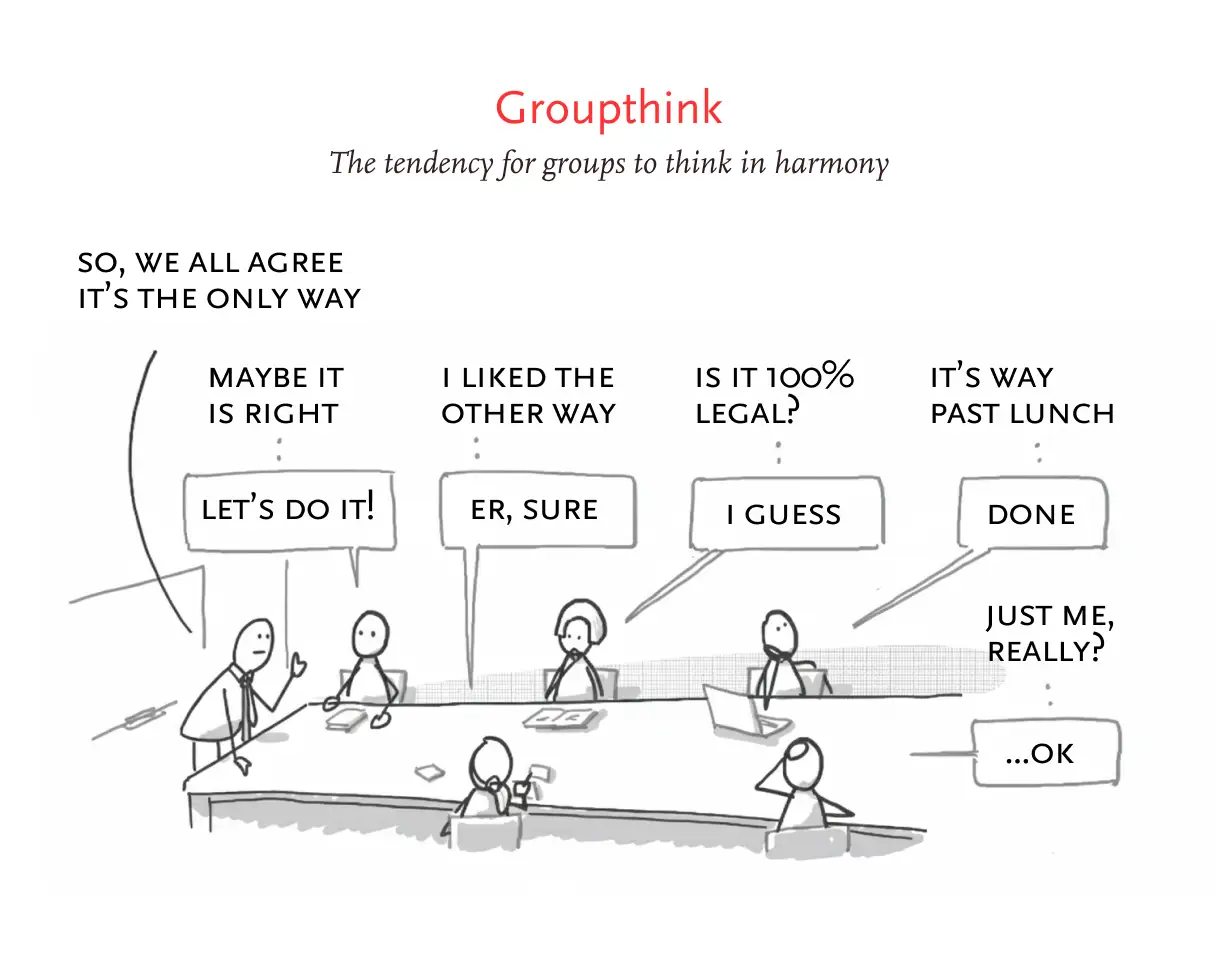
Don’t think too highly of yourself. Even the Earth is just a speck in the universe so where do we really stand? So go out, meet people, take an interest in their lives, and ask questions like you mean it. Don’t hold back. Be fearless. Be curious. Be courageous. May the Force be with you.
3. Don’t Judge People
Buddha said life is Dukkha (a constant struggle). And everyone is fighting their own demons, their own battles. There are people out there who just aren’t as lucky as you. People who have been oppressed for generations, who never got the same chances you did. They’re just getting by. And then one day you run into them and start judging. That’s not fair.
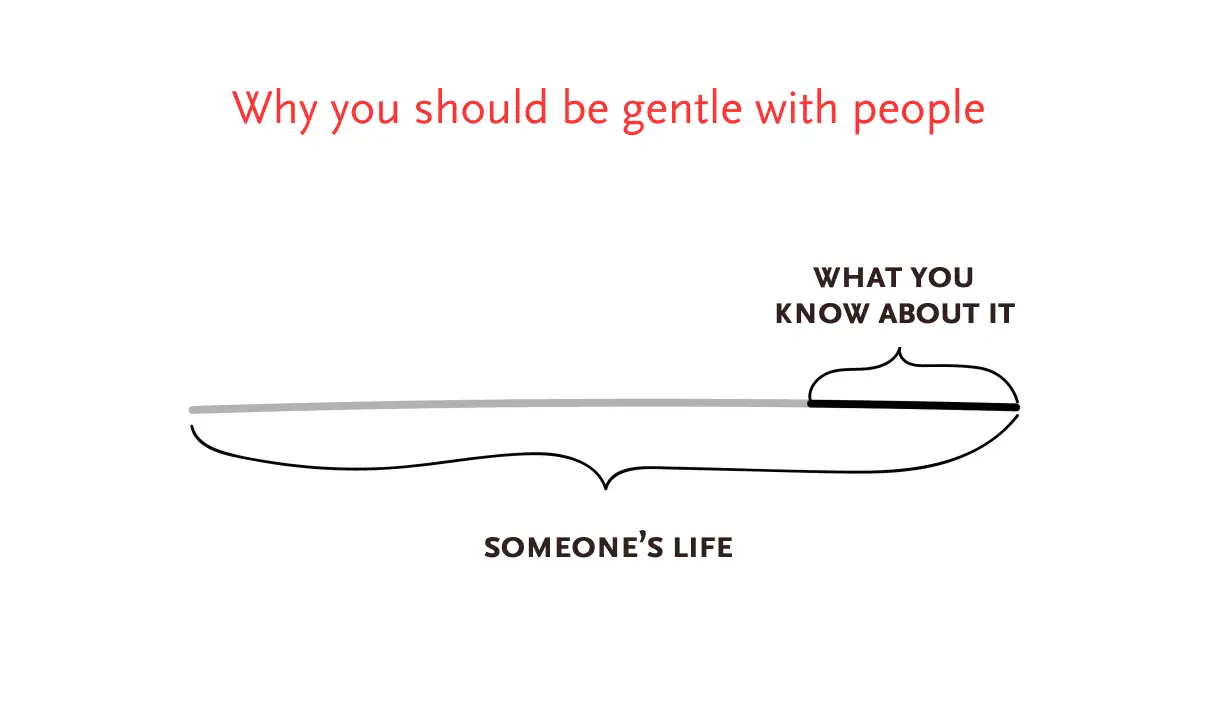
For example, just look at how people, especially Gen Z these days, judge Mahatma Gandhi. He devoted most of his life to serving others, yet they focus on how he slept next to women to test his celibacy. People who can’t even stand up to their local municipality workers question the legitimacy of Gandhi’s role in India’s freedom.
Instead, try stepping into their shoes. Live their life for a moment. See the world the way they do. Maybe then you’ll understand where they’re coming from. That’s exactly what social scientists do: they immerse themselves in people’s culture to understand life from the “native’s point of view.”

4. Expose Yourself to Diversity
What will happen if you spend your entire life in the same place, hanging out with the same friends, and having the same conversations? As the saying goes, you are the sum of the five people you spend the most time with. It means you start becoming like them. Although that’s not necessarily a bad thing, it keeps you from seeing the bigger picture.
For example, many religious people follow a book. And no doubt, you can find a lot of wisdom there. But equally, you can also find things that aren’t so good, or at least don’t make sense anymore. They might have made sense at the time they were written, but people still cling to them as if they were truly handed down by God.

As a result, they hold on to their dogmatic views and see the entire world through the same narrow lens. The funny thing is, most of them haven’t even read the book. And this isn’t limited to religion. A lot of the hatred we see in the world whether in the name of:
- Caste: Brahmin vs. Shudra
- Creed: Hindu vs. Muslim
- Color: Black vs. White
All of it comes from our limited view of reality.

But if we expose ourselves to diversity and let other perspectives break through our thick skulls, we begin to cultivate empathy. Reading about other cultures, their religions, and their history makes us more sensitive to them. And even better, living in a melting pot gives us first-hand experience of unity in diversity and helps us grow into more empathetic human beings.
5. Learn to Write Good Arguments
As a non-native speaker, I used to think speaking English was harder, but then I started writing. I realized that speaking was actually much easier than crafting a solid argument. When you read widely — from Premchand to Tolstoy — and deeply — from Huxley to Thales of Miletus — you begin to realize what you’re missing.

Writing is about materializing your thoughts. Only when you write can you see the holes in your thinking. You can’t write the next sentence without first clarifying the meaning of the previous one. You argue with yourself, search for supporting and opposing resources, analyze them, and then discard or rewrite your argument accordingly. Doing all this leaves you no choice but to consider different perspectives. Writing forces you to empathize.
I learned this from Jeff Bezos. Instead of giving a presentation, he asks his executives to write a six-page narrative memo and send it to all stakeholders in advance. That way, everyone has enough time to read it and understand what the presenter is talking about. It’s far better to read compelling arguments than to watch bullet points in a five-minute slideshow.
How to Use Empathy in UX
UX Design is all about discovering and solving problems. And designers constantly try to understand what people’s needs/desires are. However, the real goal should be to find why those needs/desires exist. Understanding the why is what allows you to create a truly meaningful user experience.
This is where a healthy dose of empathy can help you immensely. You can use different methods to deepen your understanding of human behavior and inform design. I especially like Jane Fulton Suri’s three empathic design methods for doing that.
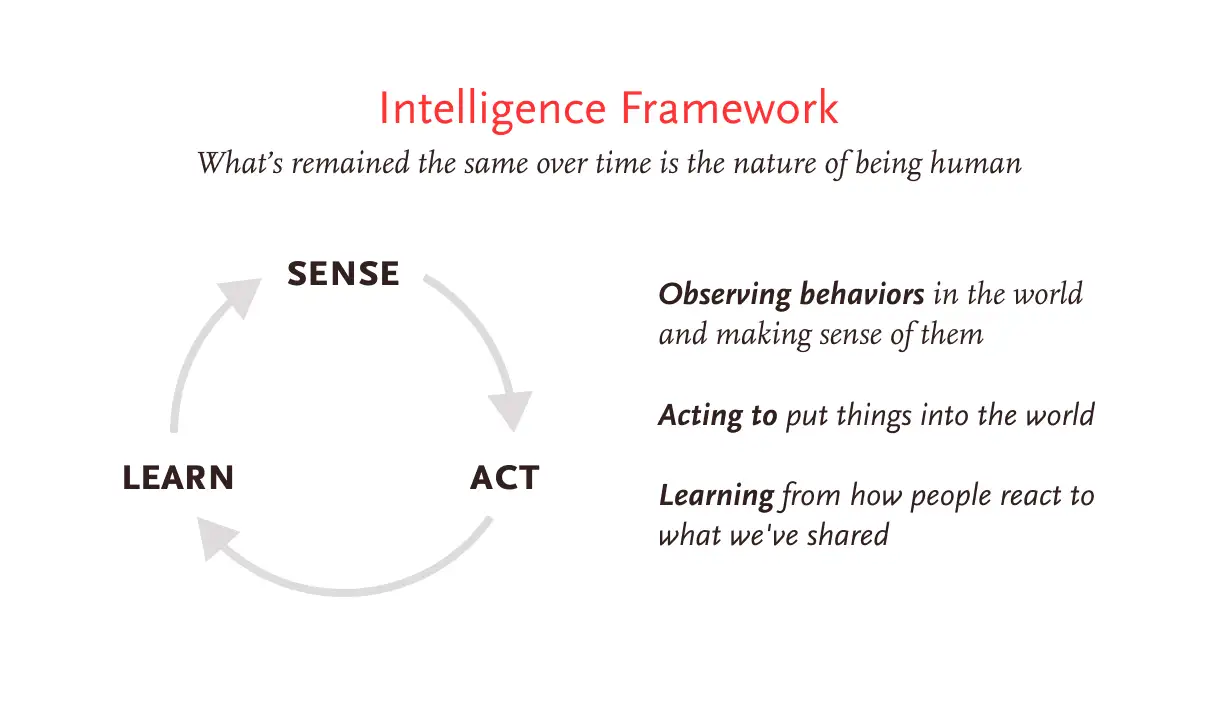
1. Observation: Look At What People Do
Nothing beats observing people’s “thoughtless acts.” Suri defines these as the actions people do without thinking, as they adapt, exploit, or react to their environment. And who can understand this better than Indians? We even have our own concept called jugaad which captures the spirit of innovative fixes and simple workarounds.

Similarly, Dr. David Travis and Dr. Philip Hodgson compares observing people out of context to visiting a zoo. Just as you can’t see animals’ real behavior in a zoo, you can’t see people’s authentic behavior when they know they’re being watched. That’s why it’s better to go into people’s homes, workplaces, or streets where the real action happens.
The goal of this exercise is to uncover insights people themselves might not notice. It’s like having a coach who points out your strengths and weaknesses that you can’t see on your own. You can do this through direct observation, taking photos, recording videos, or by exploring indirect sources like Reddit and Quora to hear the unfiltered voices of customers.
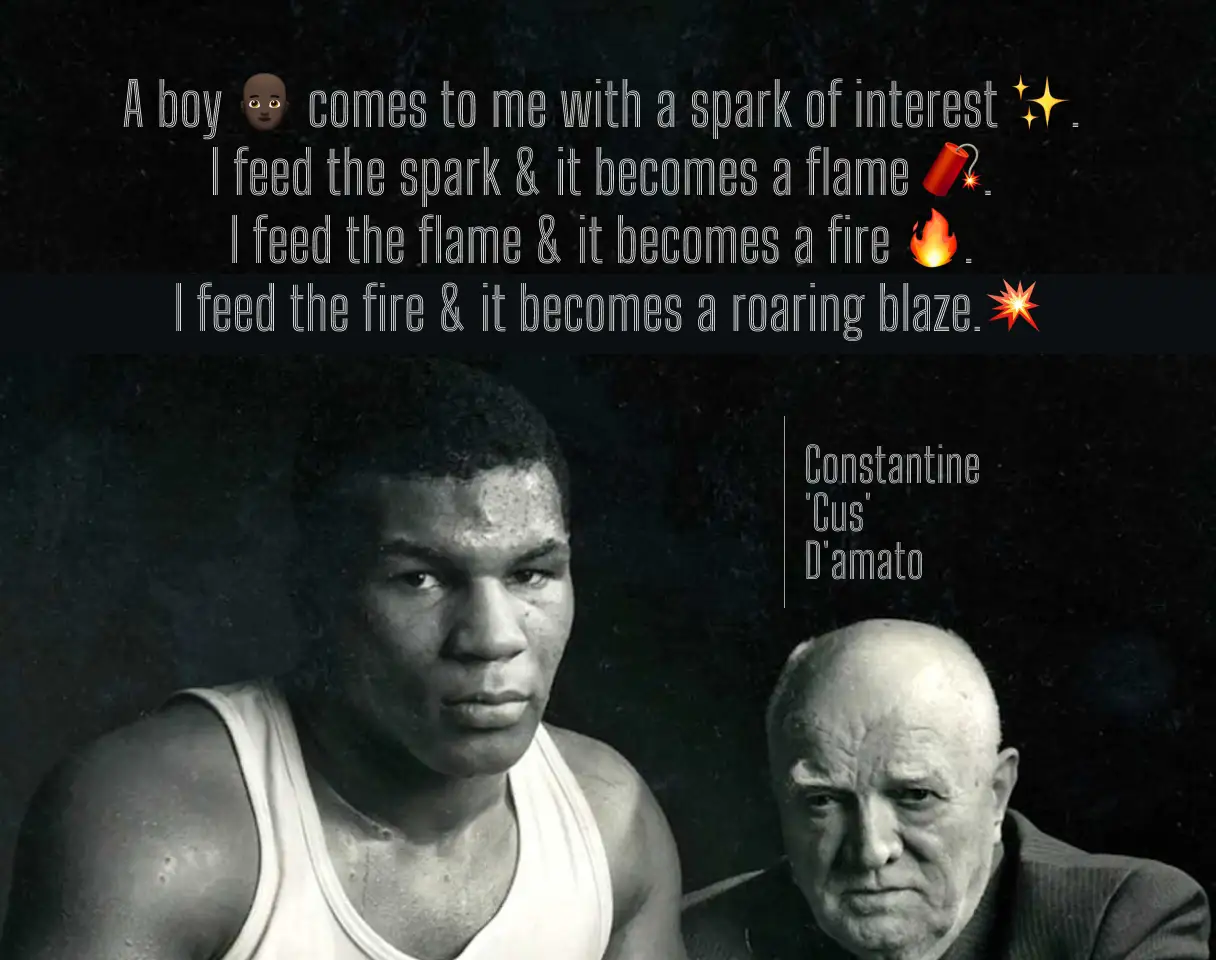
2. Engagement: Ask People to Participate
Sometimes it’s impractical or even impossible to observe users over long periods. In such cases, it makes sense to give them a “probes kit” of exercises to do in their natural environment and record their behavior, context, thoughts, and feelings for a certain time. The kit might include a disposable camera, a notepad, stickies, and pens.
For example, if you’re studying eating habits, you could ask participants to take a photo of every meal, track how many soft/hard drinks they consume in a notepad, and jot down on stickies how they feel before and after eating or drinking. And after a set period, you collect the kit and analyze the result to better understand their experience from their own perspective.

Engagement can also mean collaborating with users to generate ideas and solutions. That’s what UX designers do during interviews, co-creation workshops, or usability testing. Here, empathy helps you read emotions, pick up on subtle gestures, and notice what users don’t say out loud.
3. Immersion: Try Things Yourself
It’s the most difficult and time-consuming method of the three. This is where you try things yourself and get first-hand experience. Observing people or collaborating with them is one thing, but putting yourself in their shoes is another. That’s when you really start to resonate with users, and it can lead to deeper, more emotional insights you won’t find anywhere else.

For example, you’re building a product for pregnant women. Now, you might observe them or even involve them in the design process, but how do you connect with their experience? Of course, it’s impossible for designers, especially men 🙂 to go through it first-hand. Still, they can try to simulate the experience to better understand the different aspects of pregnancy.
Arunachalam Muruganantham is a striking example of immersion. One day, he discovered that his wife was using filthy rags during her menstrual cycle because sanitary pads were too expensive. Determined to find a solution, he began designing experimental pads. But since menstruation is a taboo subject in India, his wife, sister, and others refused to be his test subjects.

Undeterred, he started testing the pads on himself, using a bladder with animal blood. He became the subject of ridicule, and his community and his family ostracized him. Yet, in the end, he succeeded in venting a low-cost sanitary pad-making machine.
Whenever I think about empathy, figures like Buddha, Mahavira, Gandhi, Mother Teresa, Martin Luther King jr., and Thich Nhat Hanh come to mind. They changed the world for the better, driven purely by empathy. But is empathy alone enough to create a great product? Definitely not. Designers need more than empathy to build truly exceptional products. And that is what we’ll explore in the next article.
